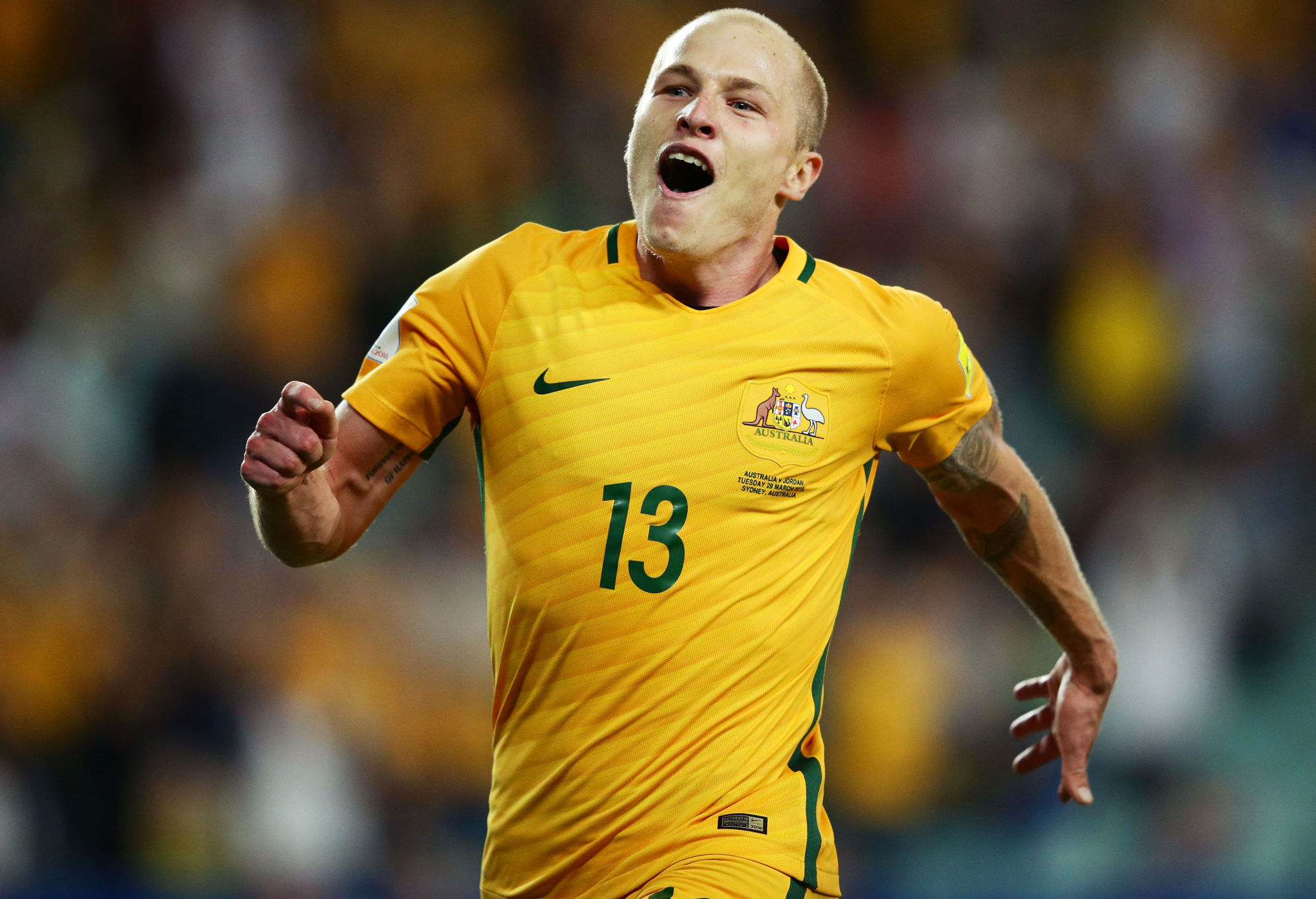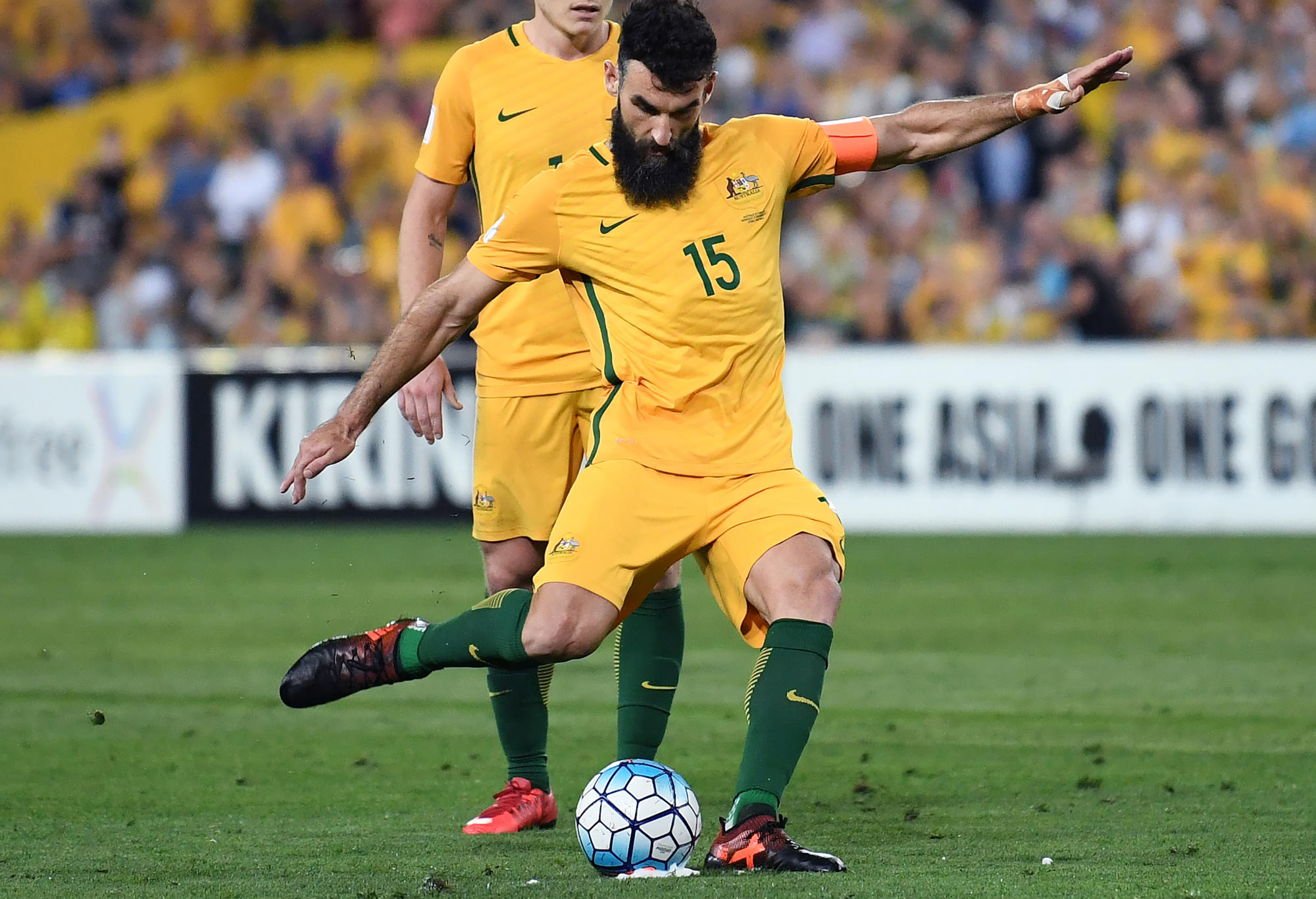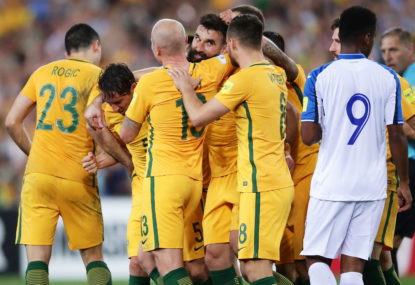As I watched a replay of the Socceroos versus Czech Republic match during the week, my daughter joined me on the lounge.
She is a big Aaron Mooy fan and with her mum’s proud heritage also part of her makeup, she shares my enjoyment in Andrew Nabbout’s play.
Midway through the second half she made the strangest comment. She said, “Wow, they’ve all got such long necks.”
I was befuddled and thought perhaps she was referring to Tom Rogic, who does have that rather lanky appearance. Yet as it turns out, she was talking about the Czech team.
When quizzed, she reiterated. “They all have such long necks and they all look the same.”
Now before anyone labels little Sarah a vitriolic racist, her point started to make sense to me. She is very much used to watching A-League matches and the Socceroos and she noticed a distinct difference between Australian players and their Czech opponents.
In much the same vein as the Icelandic, Japanese or Swedish teams, there is a consistency about their appearance. The Socceroos however, are something very different altogether.
Our national football team is a product of our multicultural communities and from all parts of the globe we originate. I did a little research just to see the full extent of our cultural and ethnic makeup as a team and what I found was interesting and educative.

(Photo by Matt King/Getty Images)
Australia’s traditional links to the British Isles; our original source of migration, is still represented strongly in our team. Jamie Maclaren and Jackson Irvine both represented Scotland at junior level and Trent Sainsbury is only a generation removed from England.
Tim Cahill’s Irish roots on his father’s side might not be known to all yet the story of his body ink and the links to his Mother’s Samoan heritage have been played out commercially in advertisements.
Working a Welshman in there would give us the full deck and with Thomas as one of the most common names in the land of the leek, I am happy to jump on a late plane to Russia if the manager wants me.
Aziz Behich is unmissable with his distinct features and is proud of his Turkish Cypriot heritage.
The two hottest Socceroos of all right now are probably Andrew Nabbout and Daniel Arzani.

Andrew Nabbout during his time with the Jets. (AAP Image/Darren Pateman)
With something of a famous father who claimed the Lebanese bodybuilding title many years back, Nabbout speaks proudly of the ancient land of his ancestors. Arzani has faced the recent dilemma of a choice in future international allegiance between his country of birth Iran and the Socceroos.
Thankfully, he has pitched his tent in our camp and if he lives up to half the hype, Australia will be blessed with a wonderful footballer for at least two more World Cups.
Mainland Europe is well represented; the continental birthplace of many of the men who nurtured football in this country. Dimi Petratos’ Greek ancestry is one that has always been a part of Socceroo teams and Massimo Luongo provides the link back to Italian migration; so pivotal in the development of the Aussie game.
His mother’s Indonesian bloodlines also offer a connection to one of our closest northern neighbours.
The Croatian community also played a key role in the growth of the game in the local, Anglo and sometimes hostile environment. Tomi Juric, Milos Degenek, Mile Jedinak and Matt Jurman all have ties back to one of the most beautiful coastlines on the planet.

Australia’s Mile Jedinak (AAP Image/David Moir)
While tensions between Croatia and Serbia have historically been extreme, the contemporary national squad experiences no such animosity. Thanks to Australia’s role as a peaceful conduit and the game of football further pacifying tensions based on difference and history, Tom Rogic and Danny Vukovic are closely connected to their Serbian roots.
As a nation, we should be proud that our landscape offers scope for friendship and peace rather than division and animosity. Perhaps political leaders need to tune in to the World Cup and follow our teams’ journey to fully embrace that idea as well.
Of course, much of the squad are now third, fourth and fifth generation Australians with less of an obvious connection to their ancestral roots.
However, I am sure Robbie Kruse could convey his German heritage despite his Brisbane upbringing and Plumpton, New South Wales-born Mathew Ryan must surely have the luck of the Irish in the family tree somewhere.
Born into an AFL household in Melbourne, Matthew Leckie’s clan appears Anglo-Celtic based on the surname, as does the lineage of Josh Risdon, Brad Jones, Mark Milligan and James Meredith.
And that just leaves the forgotten man in this discussion: Bert van Marwijk. The Dutchman comes to us as a temporary appointment before we let the grumpy guy take over in a few months.
In total, by my count, 24 men with fourteen different nations providing the ingredients in a considerable melting pot of talent.
In a way, this is what is so special about Australia, the Socceroos and the upcoming month. No wonder they call it the World Cup.
































































































